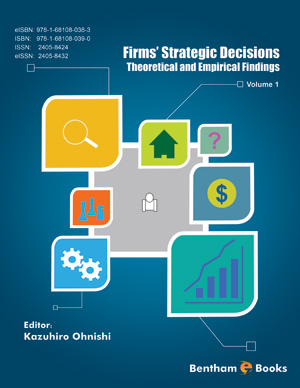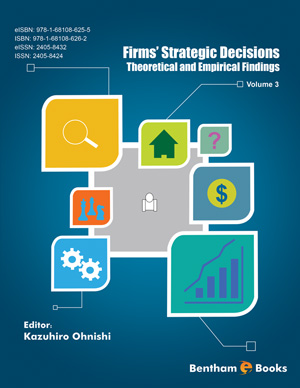Abstract
This chapter theoretically investigates a real-world model within the Gaussian HJM model. In order to construct the real-world model, it is vital to estimate the market price of risk. For this purpose, we assume that the market price of risk is constant during each observation period. Representing the forward rate process in a principal component space, we introduce a formula for the market price of risk as the maximum likelihood estimate.
Next, we investigate the numerical properties of the market price of risk, after which we give an interpretation of that price with respect to the historical trend of the forward rates. Furthermore, we show that the interest rate simulation admits historical drift and volatility. Finally, we present a numerical procedure for real-world modeling. These results are essentially those from Yasuoka (2015). Of particular note, however, is that applying maximum likelihood estimation to finding the market price of risk is newly written for this book, in Section 6.2. Additionally, a numerical procedure is introduced in Section 6.9 for implementing the real-world model.
Keywords: Butterfly trading strategy, Dimension reduction, Flattening strategy, Forward rate curve, Full-factor model, Gaussian HJM model, Market price of risk, Monte Carlo simulation, Maximum likelihood estimation, Musiela’s parametrization, Numerical procedure, Observable trend, PCA, Principal volatility component, Real-world simulation, Rolled trend, Rolled trend score, Rolldown, Roll-up, State price deflator, State space, Steepening strategy.









.jpg)


